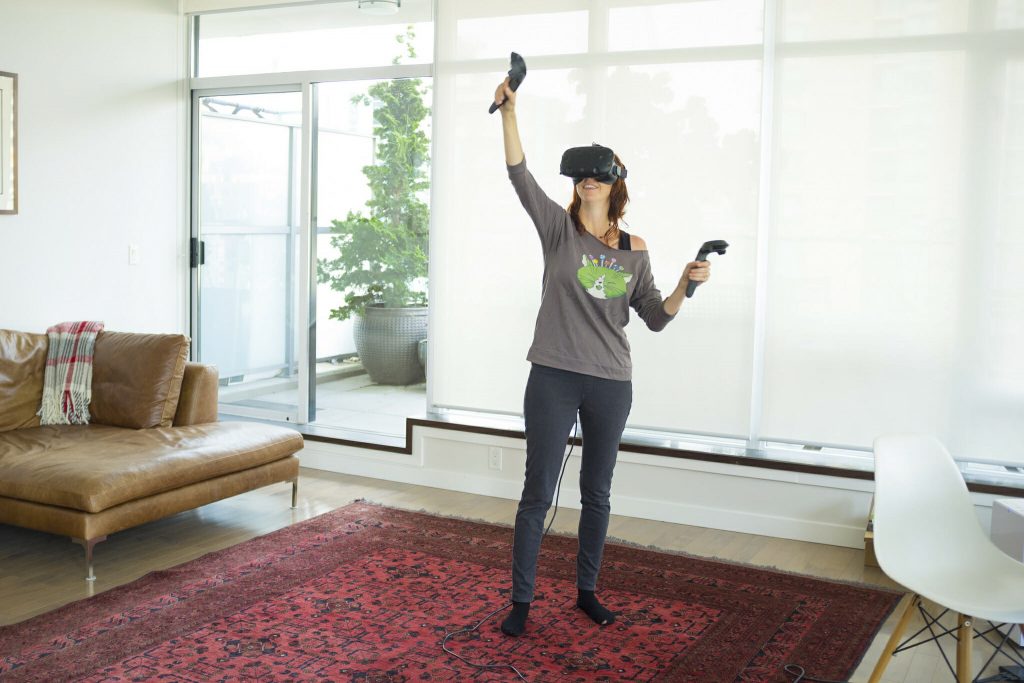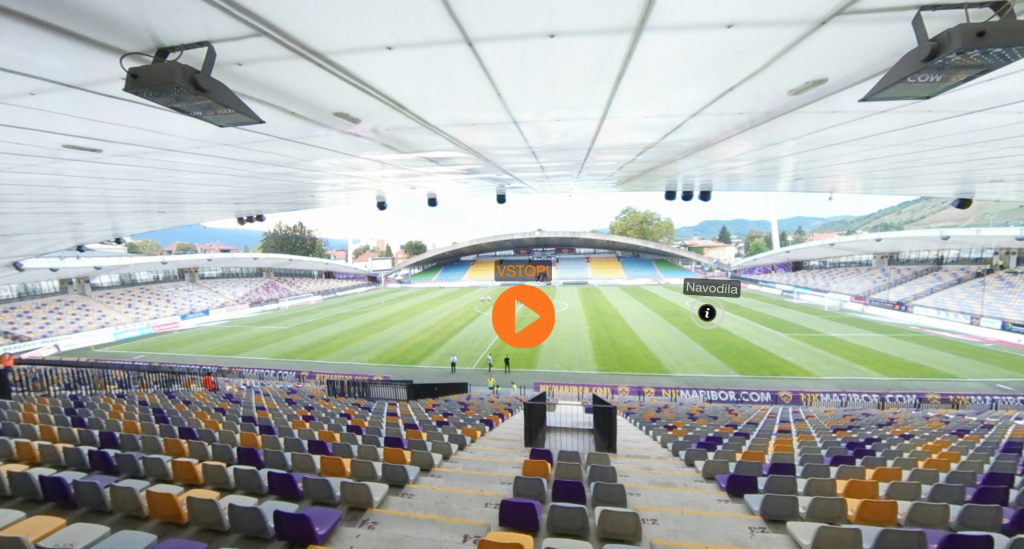I can safely say that one of the most exciting discoveries of the 21st century in terms of technology is virtual reality. The first time I experienced VR, it left me speechless. I was at my friend’s house, and he showed me Superhot VR, a fantastic shooting game, pretty familiar by now. The experience was so immersive and engaging, I immediately thought of ordering a VR headset for me. VR headsets develop more and more, and the super-hot theme these days is the use of eye-tracking and foveated rendering technologies in VR learning!
Eye-tracking system
Eye-tracking has a massive roll in medicine and aerospace. However, the time has come for VR to use this essential technology and raise the bar to a higher level!
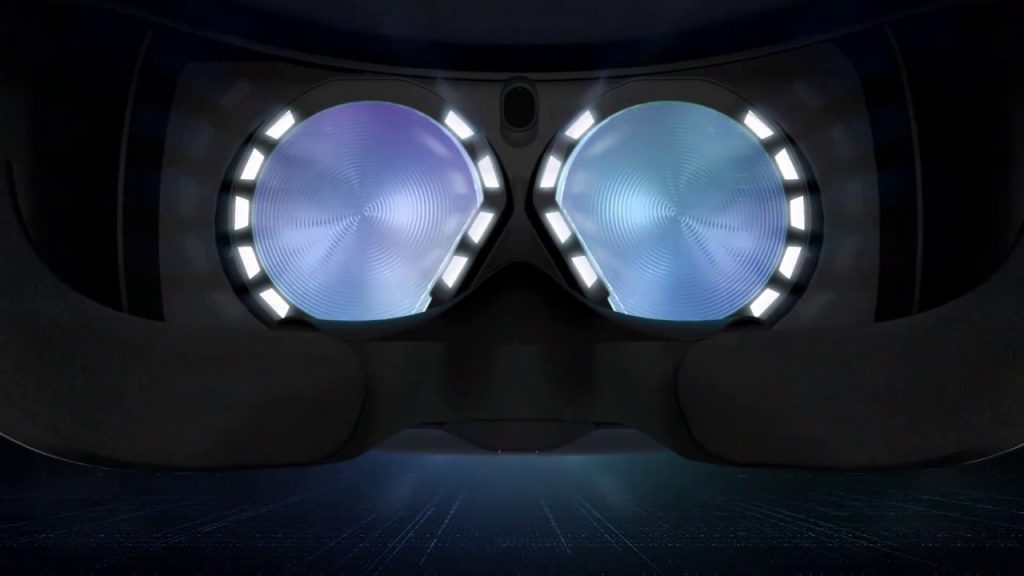
Using eye-tracking in VR technology, besides making everything more exciting, has a crucial role in developing apps for training that include eye-tracking systems. For example, there is a demo app where your goal is to hold a speech in front of an audience. The eye-tracking system monitors where you are looking at, whether it is the teleprompter with the speech lines or if you are making eye contact with the audience. After you are done, you get a detailed report of the speech, with advice on what to improve for the future.
This development direction of VR headsets plays a vital role in active learning technologies.
Foveated rendering
Another technology that comes hand in hand with the eye-tracking system is the foveated rendering. The goal of foveated rendering is to raise the level of quality. It sharpens the image of whatever your eye focuses on and slightly fades everything in the peripheral vision range.
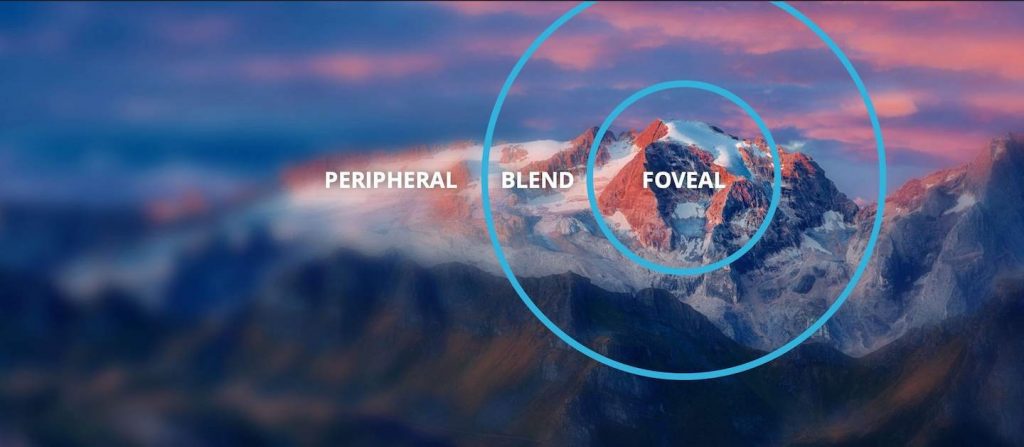
The difference is enormous. For anyone who used a VR headset before, you must have had some cases where you couldn’t precisely read a message on the screen, especially if it was a part of the background. Textures that aren’t crucial for the game mechanics are usually lower quality, so the game would work faster.
However, this is where the game changes. You will be able to change the quality and the sharpness of the textures by only looking at them!
Eye-tracking and foveated rendering technologies open many doors in the VR realm, and they have everything to change future VR experience! Let’s see how!
GPU load and power consumption
One of the many benefits that eye-tracking and foveated rendering bring us is the ability to lower GPU load and power consumption. That can mean only one, more powerful and flexible HMDs are close! This is possible because the rendering happens only where your eye is looking at. That also makes it possible for the manufactures to increase refresh rates and screen resolution!
A higher form of interaction
We always rely on using hands when doing most of the things we do today. Especially when playing games or working. Even the learning process requires the use of hands, at least for holding a book if nothing else. One of the most substantial benefits is that, with the eye-tracking implemented, VR will become a possibility for those who can’t use their hands! That opens so many doors in the future of both gaming and learning experience. With no need for controllers, the interaction will happen with a swift move of our eyes.
The way it works is that the sensors measure eye movement and position, and the device can determine where your presence is! With VR technology developing so fast, we must ask ourselves what kind of impact will VR have on education in the future?
More useful profile management
Another great feature of eye-tracking makes is the possibility to set up multiple profiles within one headset with your eyes only! As soon as you place a VR headset on, the sensors will recognize your eye print and load your profile.
Furthermore, the security aspect will raise the bar here. So far, we are using our fingerprints to unlock phones or open doors. Sure, retina scanning already exists. However, the new direction of eye-tracking research has a promising future in the security industry.
UX development
One of the most crucial aspects of eye-tracking is the possibility for user experience development. Apps will have the option to measure the attention and the focus of the client and send reports to the developer teams. That will provide a deeper insight into the way the app is used. It is possible to understand what leaves a positive impact on a client, and how to improve the interaction and usability in the future. With the array of possibilities this technology offers, many industries have their eye on the VR systems!
Vive Pro Eye
In the end, let’s talk about how you can enjoy this amazing experience. HTC released the Vive Pro Eye, the first headset system that uses eye-tracking and foveated rendering technologies.
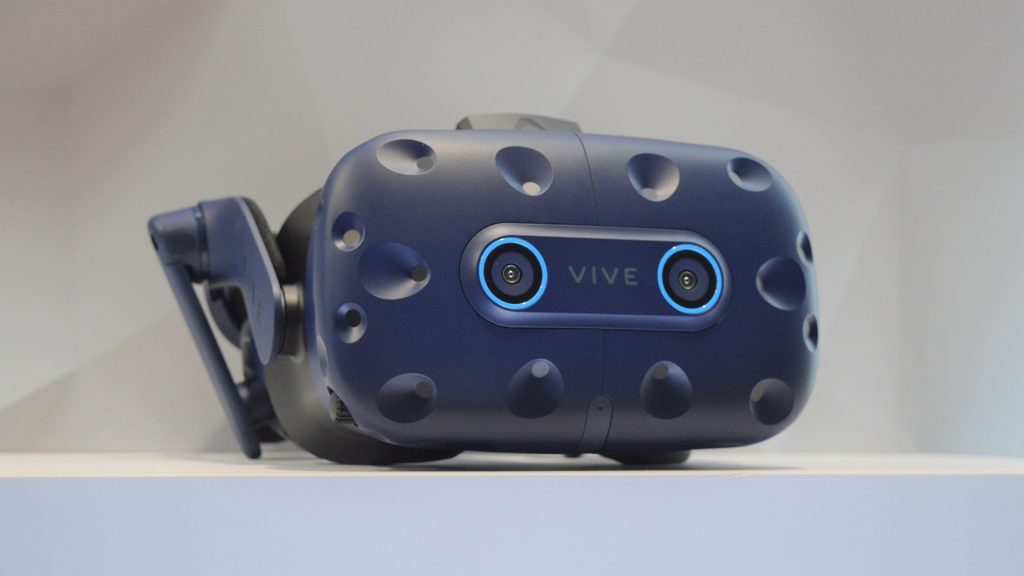
The price is currently at $1,599, which is not something that suits everyone’s wallet. However, one can hope that the cost will go down at some point. Also, other companies are looking into the use of eye-tracking and foveated rendering technologies in VR learning. With that in mind, the competition on the market will increase at one point. Once that happens, the prices will go down, and that is the window of opportunity we are all waiting!


